Malir expressway threatens farmland, ecosystem, local heritage
Malir River faces destruction from expressway project, despite local opposition; risks becoming another dead river
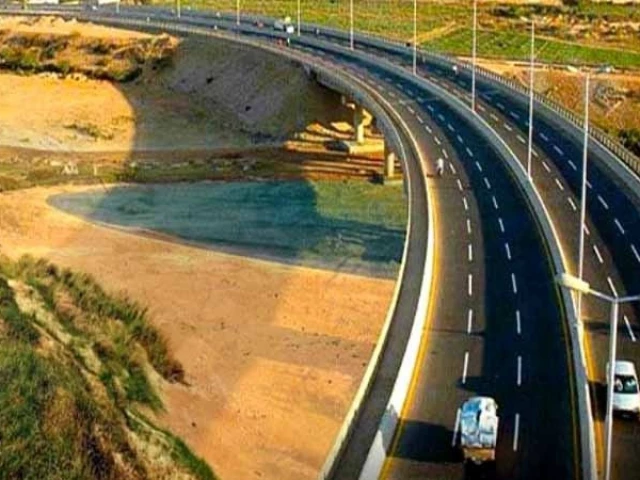
The agricultural lands of the Malir district became barren, and housing schemes were erected due to the construction of Malir Expressway. As well as the indigenous population facing several changes, the living life structure of local people will be ended.
Apart from nature will be destroyed. Nowadays, birds fly with freedom, not so far; only the sounds of the vehicle could be heard. And the most beautiful and fertile region of Malir would lose its historical existence.
If we turned the pages of history, we should understand that when the Malir River was a free-flowing river and safely reached the sea, its sweet water underground entered into the wells near the banks.
Then, the people used that water for cultivation and as a source for drinking water. In the remaining British records, we found such evidence. Even though in the early days of Britishers in Karachi, they used to develop Dumluti wells for the availability of water, and that water comes from the Malir River.
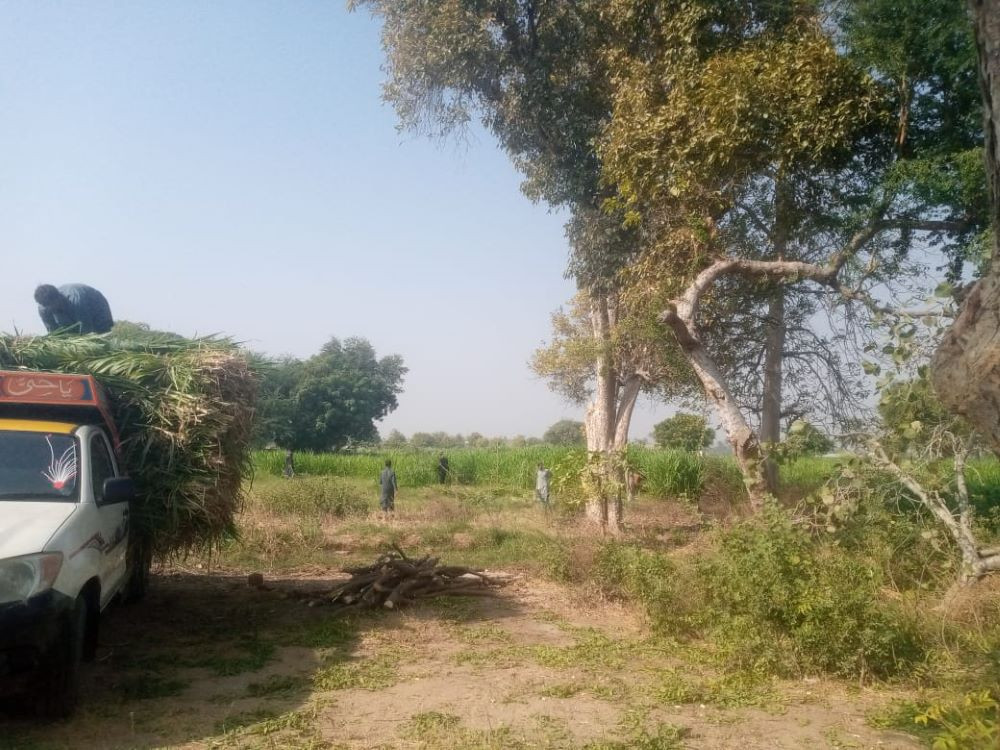
The Dumlotte well system has a lengthy historical background. Upon the British conquest of Karachi in 1839, the British troops erected camps; nevertheless, the available water supply proved insufficient for their drinking needs.
The Lyari and Malir indigenous communities often excavate wells for agricultural purposes or rely on seasonal watercourses such as the Malir River.
Upon the British's takeover of Karachi, a substantial influx of individuals arrived and established residence, resulting in an abrupt transformation of the societal landscape. Several initiatives were implemented by the British experts to facilitate the provision of water to Karachi.
Survival of Malir River?
The Malir River was a seasonal river that used to flow from the mighty mountains of the Kirthar National Park, near 10 to 15 kilometers away from Mole City – a causeway that linked the city to the port in the 19th century.
Whenever the rain falls and a large quantity of water comes, fertile lands cultivate vegetables, bananas, cheeko, mangos, Sufi Bheer, and so many other fruits that bear the land of the Malir. And those were all supplied all over the country, but now there is no one who wants to eat them because of the lack of sweet water; moreover, dirty water is used for the cultivation of vegetables.
Undoubtedly climate change affects the natural beauty of the Malir River, but besides that, more devastation is carried by the Malir Expressway. And another sadness is that the first portion, which is inaugurated by PPP chairman Bilawal Bhutto from Qayyumabad to Shah Faisal, is renamed the Zulfiqar Ali Bhutto Expressway. And soon the second phase, Airport to Quaidabad, and then the third or final phase, from Quaidabad to Kathore, will be completed as soon as possible.
Most people, officials said, think it is being built on the banks of the Malir River, but according to my survey, it will destroy the whole Malir River because mining sand was extracted from the river, and after finishing this public-private partnership project of the Sindh Government, the 36km long road will eventually make the legendary Malir River a dead river, as the earlier Lyari River, Orangi River, Gizri River, and many others in Karachi had been converted into "Nalas."
Despite the disagreement of indigenous people of Malir, the work of construction is at its peak.
Sand mining
Owing to the fact that there is an underground water shortage, indeed many regions of Malir dig up to 400 to 500 feet down through the pumps to generate water for the field. And, well, the sources of the fresh sweet water for drinking as well as agriculture became drought-stricken due to unabated sand mining from the Malir River.
According to eminent late researcher and historian Gul Hassan Kalmatti, in his famous book "Karachi, Glory of the East," "Malir was famous for wells, but now Malir didn't have water in wells. Moreover, the Malir expressway dumped wells with soil and built a road upon it. In the footsteps of colonial minds, the same is being done by the so-called democratic people of the country. It is the harsh reality of modern-day Malir.
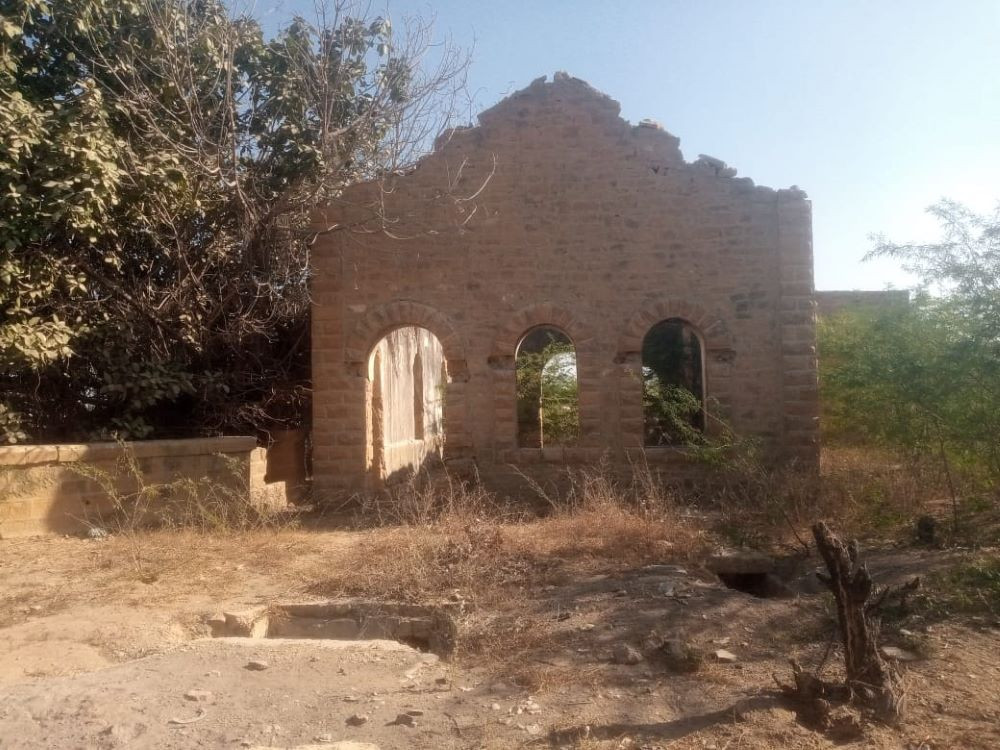
Despite mining sand being prohibited under the second of 144 of the Sindh Assembly. The ratti bajri Mafia is stealing illegally from past decades.
Mafia seized the land
During my research visit to Memon Goth, president of the social development organization Engineer Habibullah Memon lamented, concerned that "If water can't come in wells, the land will become barren, and land mafias will build housing societies, and the outer population will soon increase, and Indigenous people of Malir will be converted into a minority.
Therefore, 65-year-old Ramzan Memon remembered his past memories: "When we were children, we used to cross the Malir River for schooling, and whenever the rains came, the Malir River flowed like a wild horse. As long as Malir Expressway construction started, the land mafia or expressway authority threatened the Indigenous people to vacate their houses. Samo Goth, Sharafi Goth, and many other Goths come in the way.
A woman named Hajra Baloch, who belonged to Ghulam Muhammad Goth, told me that "we have been inhabitants since the British era. She recalled, "I used to remember washing clothes in childhood along the banks of 'Nadi.' My father was a farmer who cultivated different vegetables and fruits.
Further, she emphasized, Nadi was our survival; most of the women went into fields and earned handsome amounts. Now, they are asking if you are illegal. If the home is destroyed, we are unable to buy another house. Not only the human being was displaced, but the ecology of Malir—birds and animals—lost their lives.
In short, Malir Expressway is an existential threat to natural life, agriculture, biodiversity, and indigenous communities. This is an elite class project to connect the DHA to DHA City, Bahria Town, and similar developments.

However, social activists, civil society members, lawyers, and members of the Sindh Indigenous Rights Alliance have been protesting and arranging the seminars and highlighting the crucial issues of the green belt of Karachi being destroyed. Despite that, the construction was ongoing.
Some of the researchers and environments had assured that the construction of the Malir Expressway causes floods as well as heatstroke in Karachi. And we have witnessed that continually the temperature of Karachi has been rising for the past few years. It is because we have destroyed the ecology of Malir.




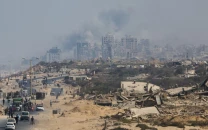



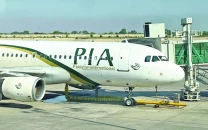

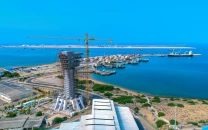








COMMENTS
Comments are moderated and generally will be posted if they are on-topic and not abusive.
For more information, please see our Comments FAQ